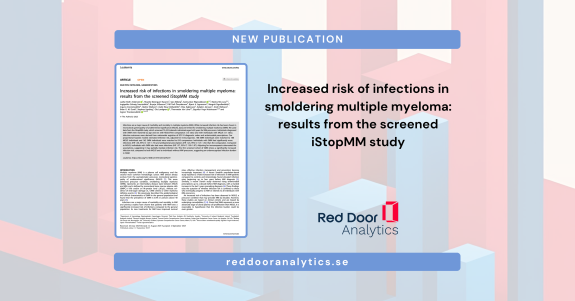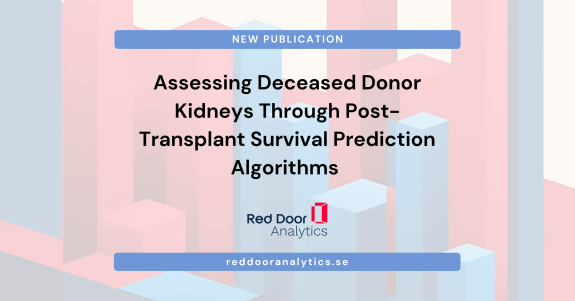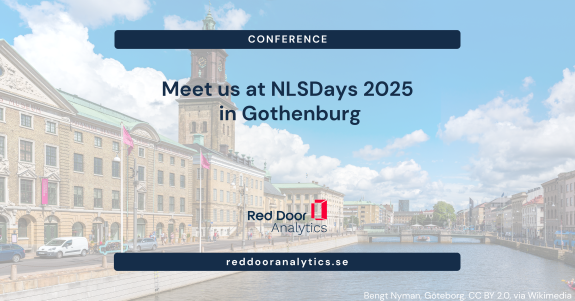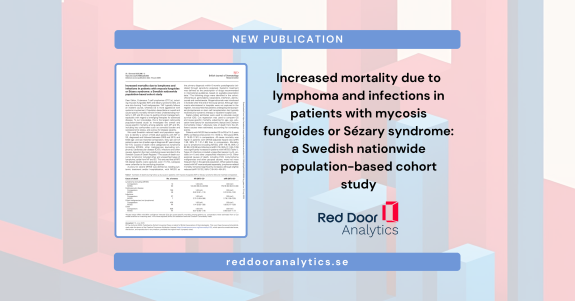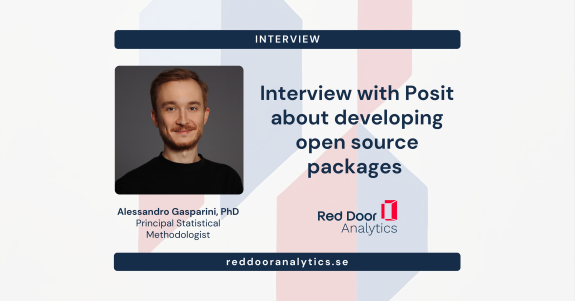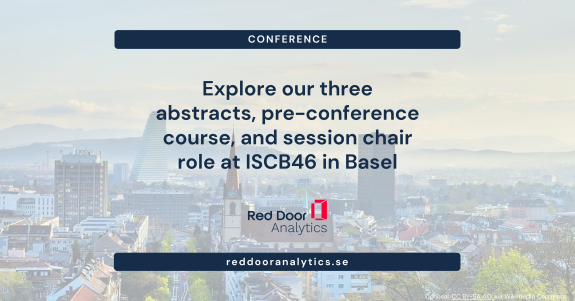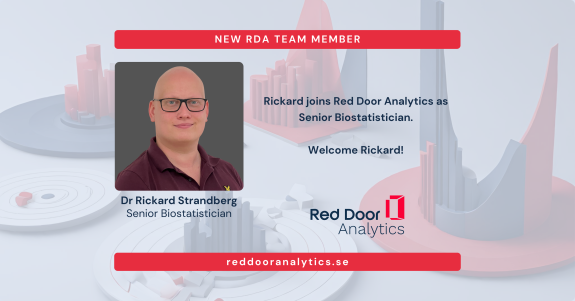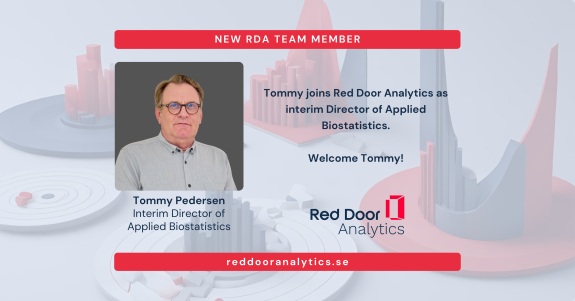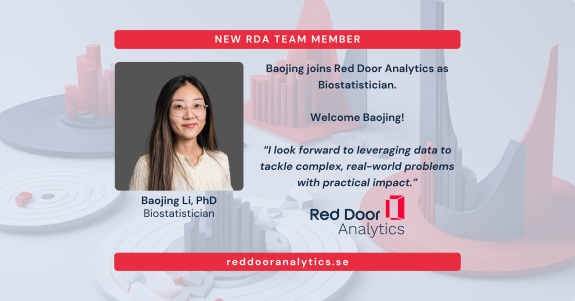Alessandro Gasparini is a biostatistician and software developer with substantial experience in working with real-world evidence studies and a strong background in survival analysis, longitudinal data analysis, multilevel modelling, and computational statistics, including methods development and implementation. He is passionate about building tools to enable more efficient and reproducible data analysis pipelines and to bring modern statistical methods to practice. To that end, he has developed R packages that have been downloaded thousands of times from the Comprehensive R Archive Network (CRAN) and he is a co-chair of the openstatsware working group, a cross-industry scientific working group recognised by the American Statistical Association (ASA) Biopharmaceutical section (BIOP) and by the European Federation of Statisticians in the Pharmaceutical Industry (EFSPI). He is also an affiliated researcher at the Department of Medical Epidemiology and Biostatistics at Karolinska Institutet and an Associate Editor of the journal Biostatistics. Alessandro joined Red Door Analytics in November 2022.
Education
-
PhD in Biostatistics, University of Leicester, UK, awarded in 2020 with a thesis titled Multilevel Modelling of Electronic Health Records
-
MSc in Biostatistics and Experimental Statistics, University of Milano-Bicocca, Italy, 2015
-
BSc in Statistics and Computing Technologies, University of Padua, Italy, 2012



